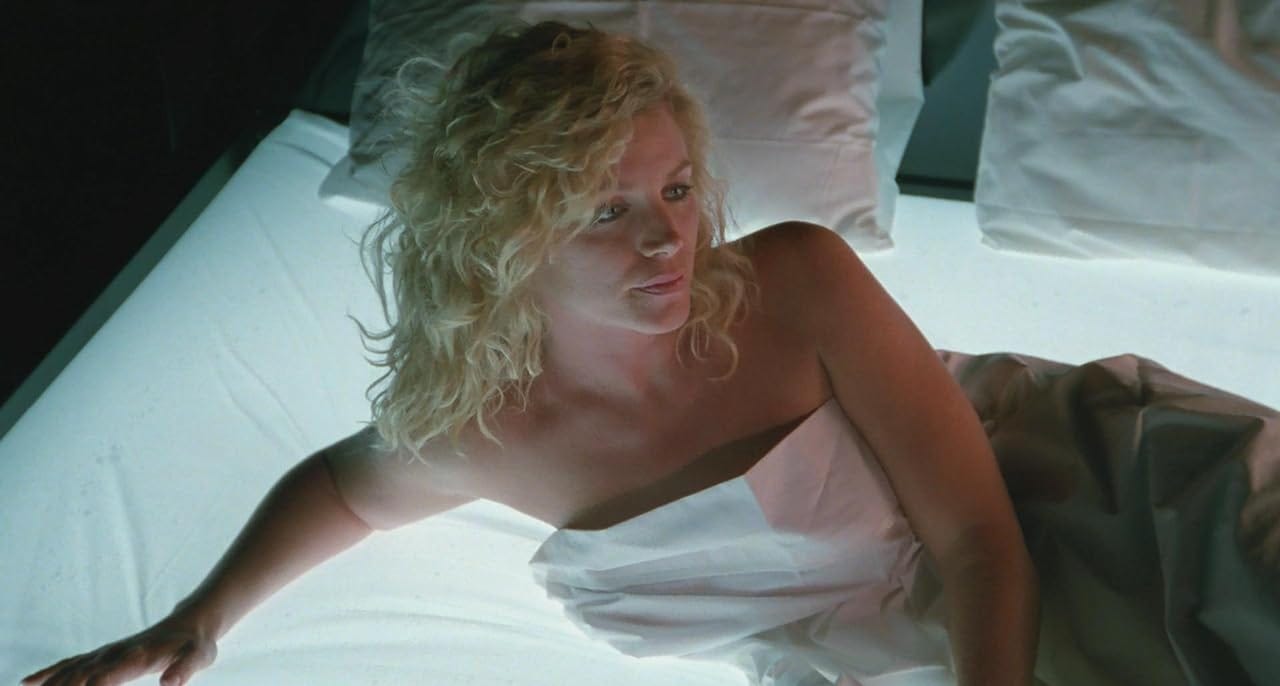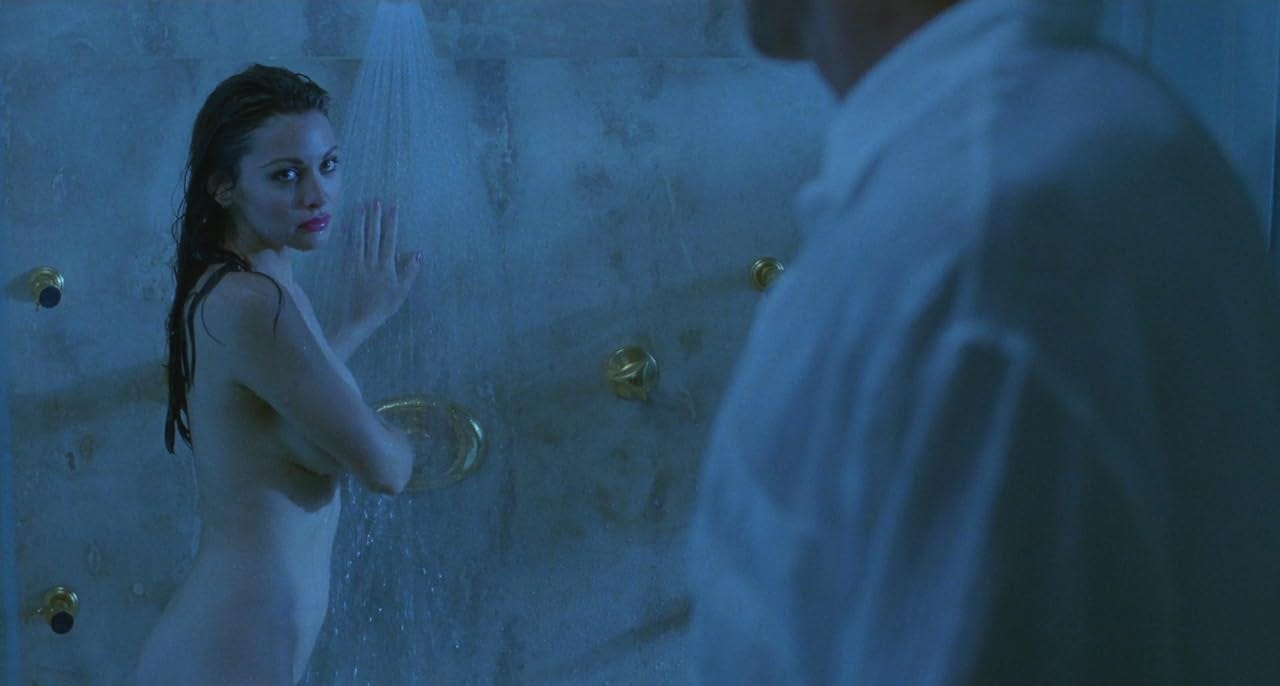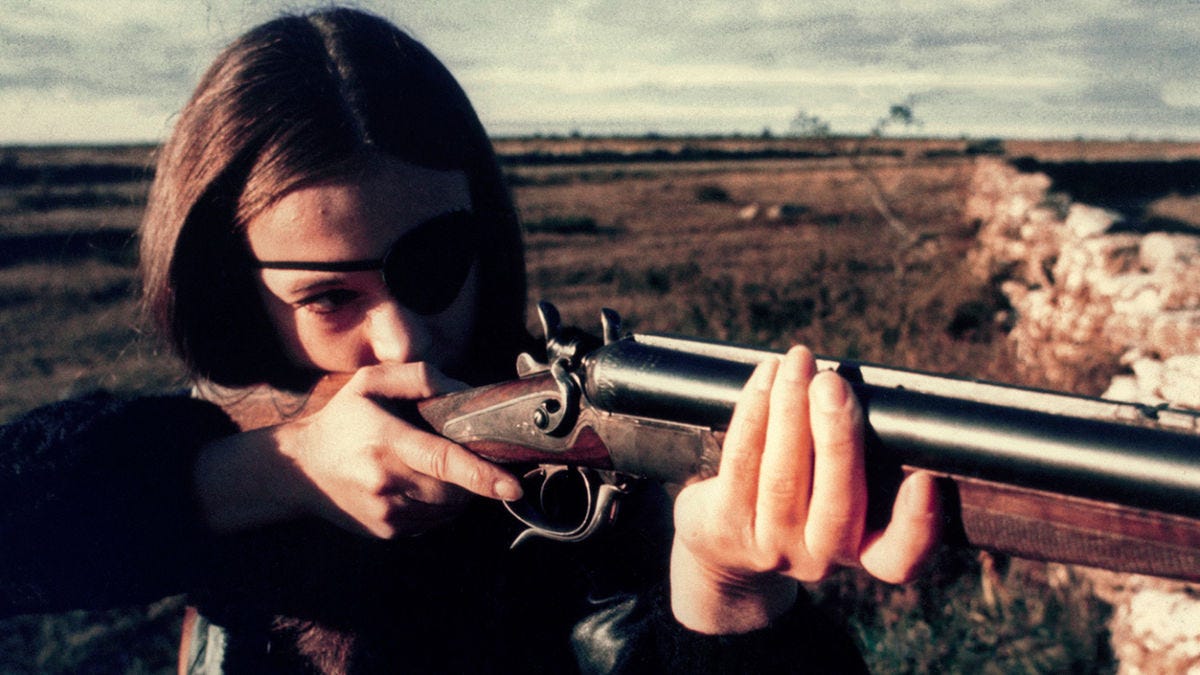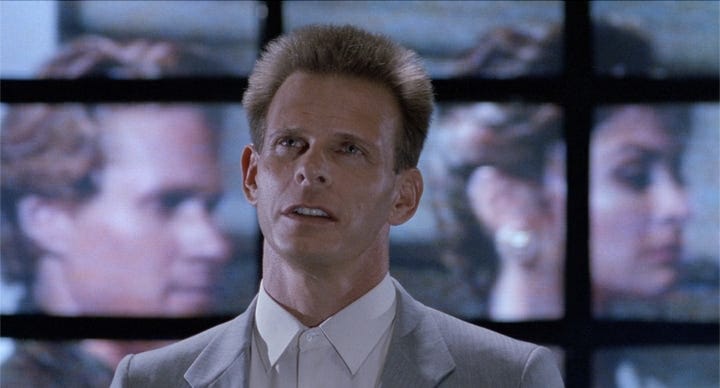“Not everything has to be a masterpiece.” So goes the phrase frequently uttered in defense of the seemingly indefensible — or of one’s own taste. In the age of poptimism and vulgar auteurism, notions of “guilty pleasures” might seem more than a little passé but there remains a desire amongst audiences to have their viewing, listening, and/or reading preferences validated by the very detractors (usually critics and awards institutions) they so often decry as irrelevant. 50,000,000 Elvis Fans Can't Be Wrong — but they can apparently be a little insecure.
But even critics’ quasi-populist reclamations, which are frequently just as snooty and self-important as the criticism they’re ostensibly reacting against, only rarely reach beyond the realm of the commercially successful or at least the widely distributed. So where does that leave a film like In the Cold of the Night? Released straight-to-video in 1990 — curiously, it did receive a theatrical release in Japan, Portugal, and South Korea — Greek filmmaker Nico Mastorakis’ sci-fi-inflected erotic thriller is an unlikely candidate for critical reappraisal. The film is a hazy swirl of stilted meathead dialogue, blaring saxophones, prolonged sex scenes, and a gonzo mind-control plot whose parapolitical implications are sure to make it catnip for anyone who has fallen down the Programmed to Kill rabbit hole.
In the Cold of the Night follows fashion photographer Scott (Jeff Lester) and his enviable routine of shooting neon bikini-clad models in his decked-out studio by day — the ad campaigns he’s worked on in the past plaster the walls — and hooking up with beautiful women on his illuminated waterbed by night, making sure to work in drunk uncle-tier jokes about feminists screwing in light bulbs while giving pleasure to his partner. Putting a damper on the life he’s made for himself, however, are vivid dreams in which he stalks and kills a mystery woman in her spacious mansion, disposing of her in a variety of ways. One such dream even causes him to wake up with his hands around the neck of a model he bedded the night before: “I couldn’t breathe,” she says while gasping for air. “But I almost came.”
There is a pronounced hallucinatory quality to the decadent, sexed-up world Mastorakis conjures, a world crossbred between a 35-year-old issue of Interior Design and the Max After Dark program block. Meanwhile, the nightmare sequences, which flicker across the screen in the style of full-motion video LaserDisc graphics, add a paranoid, surreal tinge to the misty atmosphere. This paranoia intensifies as Scott becomes obsessed with the woman, who, per the tagline, “walked out of a dream… and into his nightmares,” and his dreams begin bleeding into his days, at one point forcing him to cut a photoshoot short.
After a series of bizarre coincidences — he spots a stranger wearing the dream woman’s face on a t-shirt and manages to trace the shirt to a taciturn airbrush artist who proves to be unhelpful — the woman, Kimberly (Adrianne Sachs), somehow winds up on Scott’s doorstep, having gotten wind of his snooping after her. In spite of some apparent reservations on her part early on, the two, somewhat predictably, quickly become entangled in a passionate love affair. (The ensuing lovemaking is so good, in fact, it causes Scott to thoughtlessly blurt out an ill-considered but earnestly felt “I love you” after knowing her for less than 48 hours.) But Kimberly remains secretive and Scott, suspicious of her behavior, begins following her and soon learns that there’s a darker truth to their romantic encounter.
With its themes of sexual obsession and, as is later revealed, surveillance and mind control, In the Cold of the Night owes a debt to the cinema of Brian De Palma (and by extension Alfred Hitchcock) and Mastorakis’ work sits somewhere at the intersection of homage, ripoff, and parody — besides the thematic and formal overlap, Scott’s gym lunk best friend Phil (Brian Thompson) actually name-checks De Palma while Hitchcock leading lady Tippi Hedren shows up for an awfully strained gag about The Birds.
Somewhat surprisingly, the film echoes the sleazy thrills of De Palma quite expertly, even without big names in front of or behind the camera. Mastorakis is perhaps best known for his tasteless 1976 video nasty Island of Death — “The lucky ones got their brains blown out!!” reads the tagline — which has found an audience amongst collectors and gorehounds. (The film was made in Greece, before Mastorakis’ leap to the American film industry.) But it is cinematographer Andreas Bellis who brings the most stellar bona fides to the film, having previously shot the gritty 1973 cult classic Thriller: A Cruel Picture (released in North America under ridiculous titles such as They Call Her One Eye and Hooker’s Revenge), a grim rape-and-revenge thriller that was banned in its native Sweden.
But Bellis approaches In the Cold with a different sensibility, exchanging Thriller’s grainy textures with the softcore vaporousness of heavy fog, sharp night-time lighting, and billowing drapes. Compared to the internet porn that’s become ubiquitous in the 21st century, the sex scenes are obviously extremely vanilla and even a few of the theatrically-released erotic films of the era — 9½ Weeks (1986), Basic Instinct (1992) — carried a far greater sexual charge. (Speaking of 9½ Weeks, In the Cold does have a “refrigerator scene” of its own with Scott pouring out a heart-shaped bowl of marbles over Kimberly’s naked, writhing body as she moans with pleasure. Different strokes.)
Mastorakis’ take on the erotic thriller is better understood as a loose approximation of genre tropes, a mush of half-remembered wet dreams, voyeuristic POV shots — something the director made notable use of in his 1984 film Blind Date, a hot-blooded riff on the giallo — and discarded scraps from sci-fi like Looker (1981) and Videodrome (1983), both of which deal with somewhat similar subject matter. In the Cold can’t boast the futuristic production design of Looker, nor do Lester and Sachs have the chemistry (or acting chops) of Videodrome’s James Woods and Debbie Harry but Mastorakis nonetheless puts together something rather remarkable by not bothering with respectability and instead letting his imagination, desires, quirks, and anxieties run amok.
It’s precisely because of all the bizarre moments — mid-coital lightbulb jokes and marble foreplay are only the tip of the iceberg — that In the Cold succeeds as an exercise in unfiltered, id-driven indulgence, made all the more curious by how the burgeoning digitalism of the information age behaves like an invading species, disrupting the erotic fantasy aesthetic with eerie Prince of Darkness-esque transmissions from the future. (Writer and critic Mike Thorn describes John Boorman’s unfairly derided 1977 sci-fi horror masterstroke Exorcist II: The Heretic as a precursor to Prince of Darkness, and a sliver of its dreamworld fixations can be traced to In the Cold as well.) It’s a technological threat that shares little in common with Cold War anxieties about commies lurking behind every corner and instead looks to power’s ever-increasing interest in and reliance on high tech as the 20th century drew to a close.
By the time In the Cold’s shadowy corporate mind control plot and (some of) its orchestrators are finally revealed, a lot of people in Scott’s life have become implicated in the goings-on, including his newfound lover, and Mastorakis uses the film’s desperate coda as an opportunity to shift into a different kind of B-movie mode, cramming a tense standoff, a car chase, a shootout, a beautifully lit stealth scene, and a not-half-bad Casablanca reference into the last twenty minutes. And considering all the intriguing pulp absurdity that preceded it, it’s shocking how well he pulls off the quiet emotionality of the final scene.
Likening anti-prestige fare like In the Cold of the Night to the more acclaimed works it so enthusiastically cribs from always carries an air of defensiveness, as if overlooked work only deserves recognition due to some perceived proximity to the canon. (Granted, De Palma isn’t exactly the poster boy for respectable cinema but his name certainly carries more cachet than DTV erotica.) Still, the film’s ability to create and sustain its weird and dreamy mood is irreproachable and puts it in the company of other largely forgotten but fascinating works like the hypnotic Death Bed: The Bed That Eats (1977) and Prototype (1992), an exceptionally strange slice of low-rent, psychosexual cyberpunk. In the Cold will likely continue to be lumped in with so-bad-it’s-good runoff peddled by trash merchants but it deserves to be considered in a different light.








